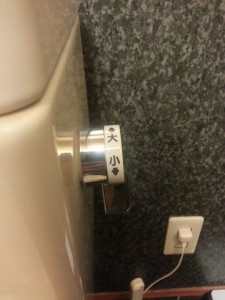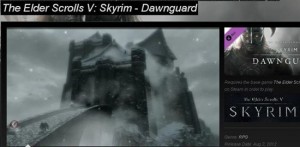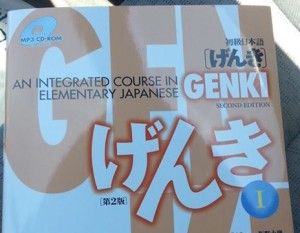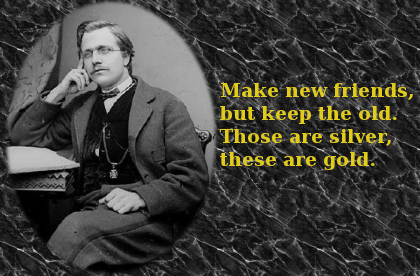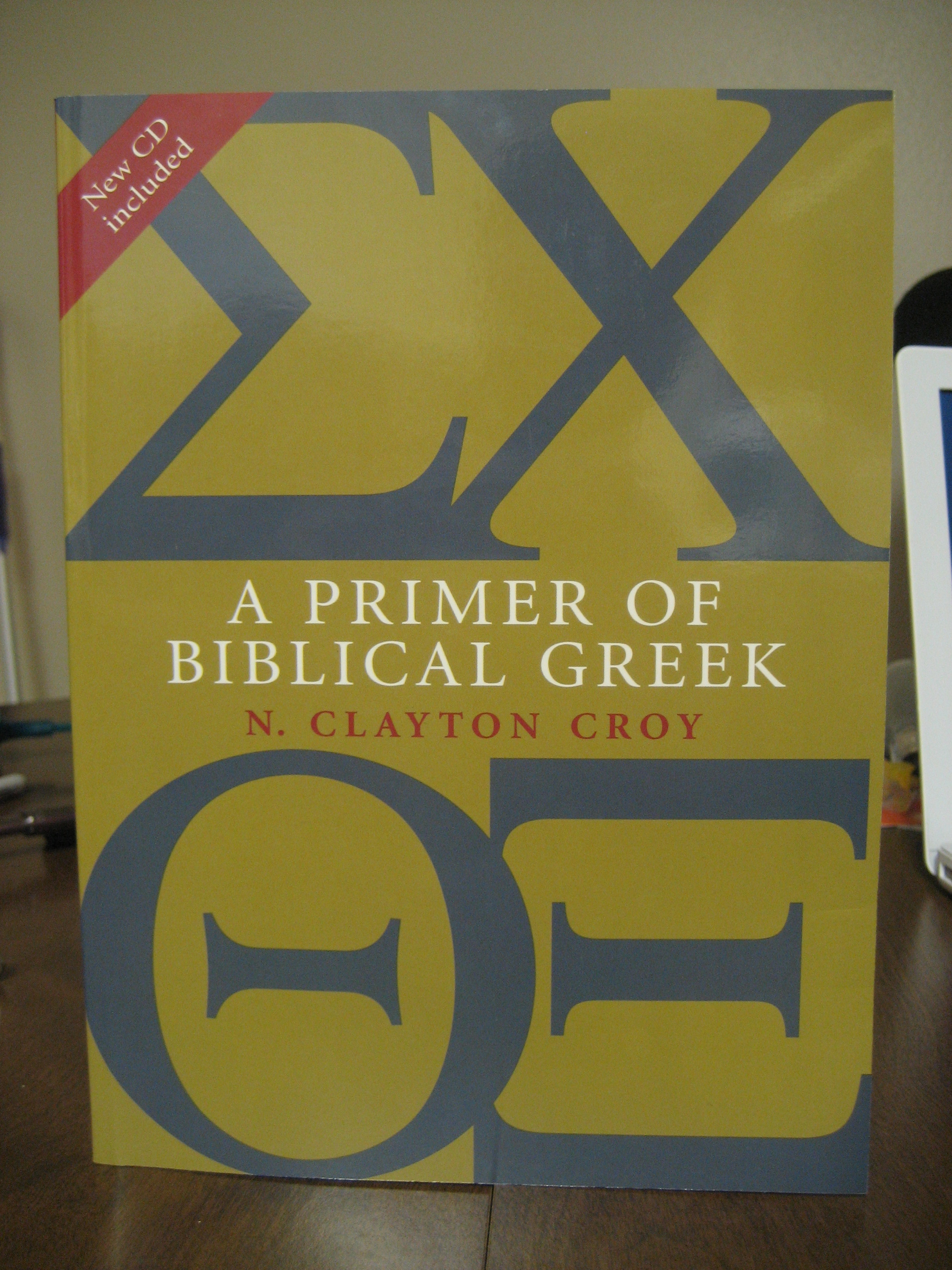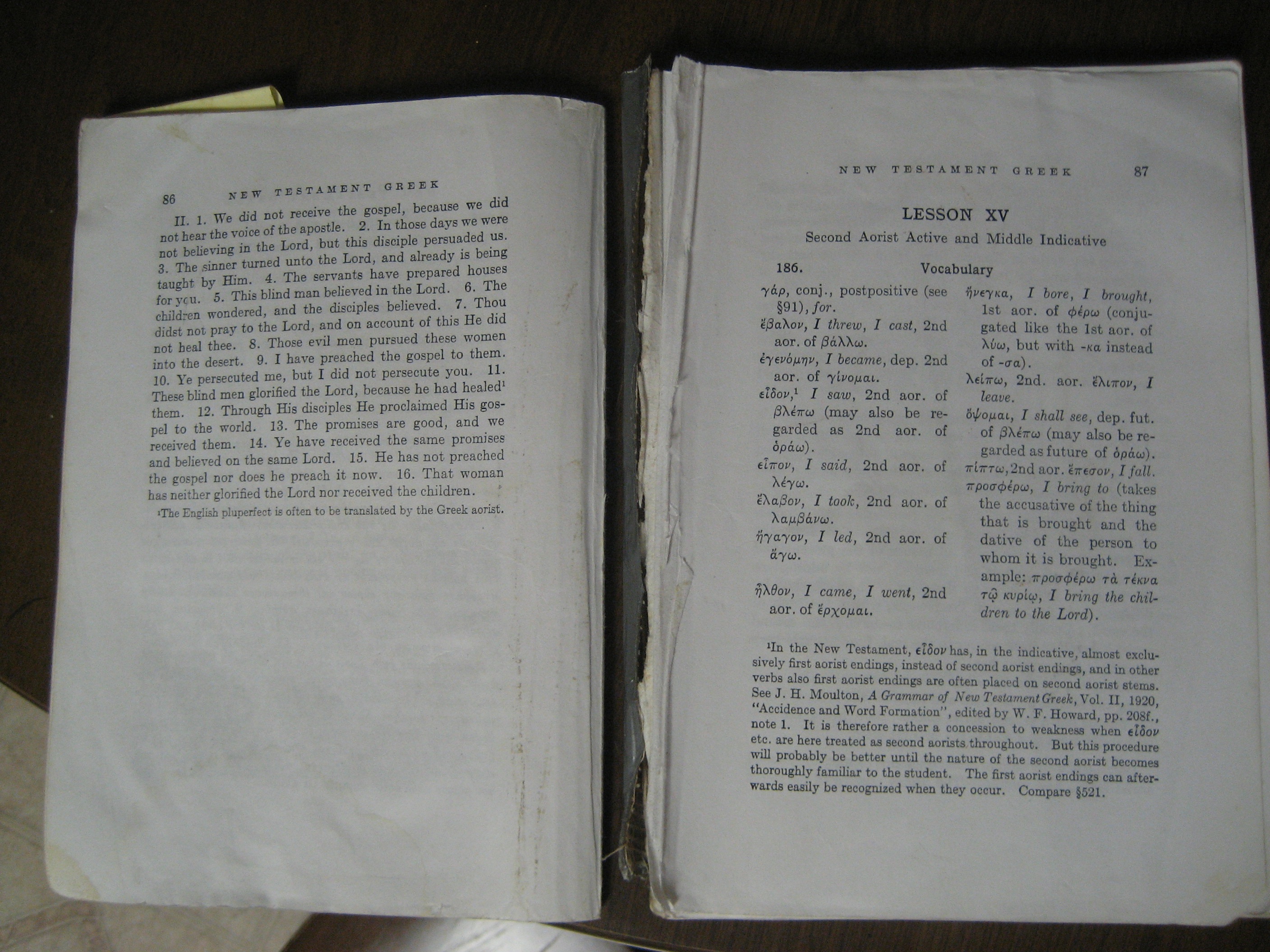In preparation for my most recent trip to Japan (yes, it was awesome… I’ll post some pics or something later), I got serious about learning Japanese. According to this dude, learning the Kanji is the first step to owning the language like a boss.
I’ve tried a few different methods, including Kanji In Mangaland and Kanji Damage, but it was always difficult to stick to a schedule without tests or teachers looming over my shoulder.
Enter WaniKani.
This is, by far, the most effective and rapid Kanji acquisition program I’ve used. Here is how I’d describe it:
- It is
likea game. You level up as your skills increase, just like in RPGs. - It’s addictive. I look forward to doing reviews, I yell at myself worse than in Doodle Jump when I make a mistake, and leveling up is just as gratifying as it is in Elder Scrolls.
- The goal is ambitious! You learn ~1700 Kanji and ~5000 vocabulary in the space of 1.5 – 2 years.
- The community is active. There is serious camaraderie among people who want to learn Kanji and are using the same method to do so. Inside jokes abound and the founders of the program interact with users on a regular basis in the forums.
The main benefits I see are:
- It keeps you doing the actual work of learning Kanji. No matter how efficient a system is, it won’t work without actually looking at Kanji and getting them into your brain. This system ensures that you actually do that because you want to do it. Somehow, the immediate feedback (“you got X% of your reviews right”), the level up system (“your current skill level is X”), and the limit on reviews (“you have to wait X hours before you can do your next review”) combine to keep me raring to go for my next review session.
- It decides for me what information I need to know. One of the major difficulties in learning Kanji is the number of readings each can have. I’m a perfectionist, and if a book tells me that 好 can be read 9 different ways, then darned if I’m not going to learn them all before I move on to the next Kanji, much less study vocabulary that actually uses that particular Kanji. That is a debilitating way to go about it and WaniKani sidesteps the issue. It only teaches me the most frequent reading first, and later adds additional readings as they become necessary for vocabulary. Using WaniKani, I’ve become more proficient with ~125 Kanji in a month than I had with ~10 Kanji in multiple instances of starting, giving up, and starting again from scratch.
- The mnemonic devices are really good. Usually, I have to make up my own mnemonics to memorize vocab for a language I’m learning, but WK does that work for me, too. There is a whole system that builds on previously learned elements, and the stories are hilarious. Let’s just say Charlie Sheen features heavily in the descriptions.
The downsides are:
- It is designed for newbies. Currently there is no way to jump in at level 10 if you already know a bunch of Kanji. Everyone starts at the beginning and there is no option to speed up the review process. If you don’t mind re-hashing early material, that’s not a problem.
- It isn’t free. That actually isn’t a big deal if you are already spending money on books and other materials, but the price is $8 / month or $80 / year for a subscription. Fortunately, the first 2 levels are free and that gives you at least 2 weeks to see if the system is a good fit for you.
In short, I highly recommend giving it a try if you’re at all interested in learning Japanese. As I said, the first two levels are free, and WK helped me understand a good deal of signage on my recent trip to Tokyo. I’m looking forward to starting up some manga and even a translation of Harry Potter after I’ve hit level 10 or so. I’ll keep you posted.
